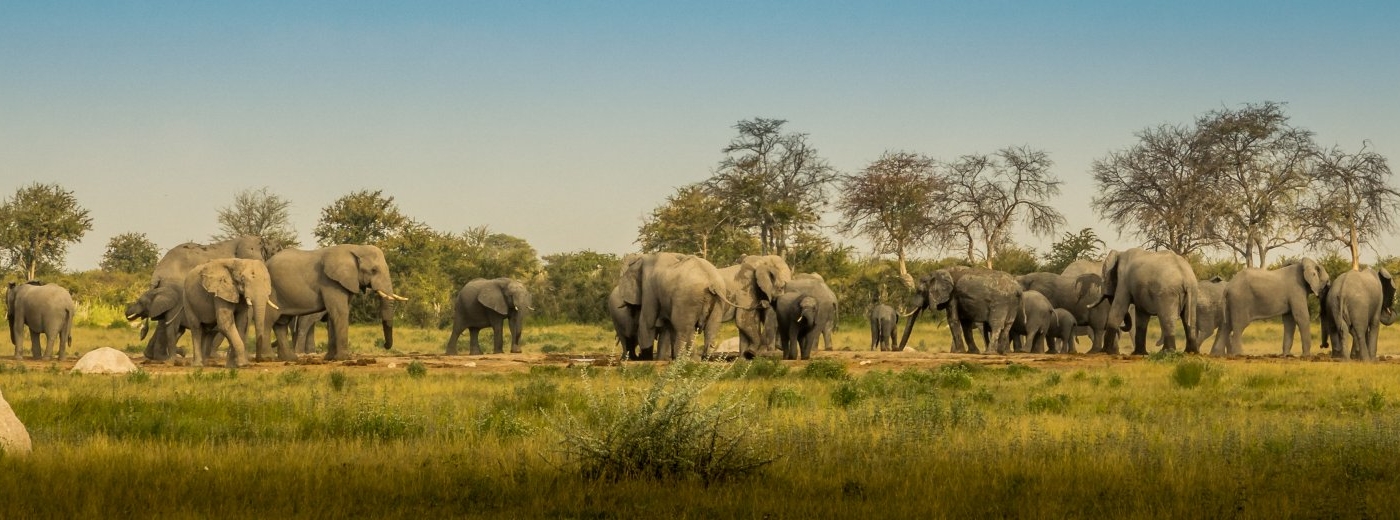Today, August 12th, is World Elephant Day – a day to not only celebrate these gentle giants of the bush but also a day dedicated to the preservation and protection of the world’s elephant population.
The elephant is the largest land mammal in the world and adult male bulls can weigh up to a massive 6,000 kg. Both males and females have tusks, but the males tend to be larger. The tusks grow continually throughout their life, and the longest tusk ever recorded was 355cm. Elephants can live for as long as 60 years.
There are two species of elephant – the African and the Asian. The African elephant has much larger ears than its Asian cousin – each ear on an African elephant can be as large as 6 feet from top to bottom and 5 feet across, and can weigh up to 100 pounds.
The Asian elephant’s ears are small by comparison, and also conveniently shaped like the Indian subcontinent. Their trunks are also different – the African elephant has two ‘fingers’ at the tip of its trunk, the Asian elephant has only one. These fingers help with picking food up, including even fine blades of grass!
Having an elephant encounter while out on a safari game drive, either a lone male or a female herd (especially if they have babies in the group) is an amazing experience. From the safety of your game vehicle, you can really appreciate their size and it still amazes me how such a large elephant can move through the bush with relatively little noise – all you hear is the constant munching as they strip foliage and branches from bushes and trees as they can spend as much as 16 hours a day feeding.
If seeing an elephant in the African wilderness is on your bucket list, here is a shortlist of the best Parks and reserves to visit (in our opinion!) to enable you to fulfill your dream.
Amboseli National Park in Kenya
With a spectacular backdrop of the towering Mount Kilimanjaro, the Amboseli National Park is an elephant safari dream. With an elephant population of over 1,600, herds (sometimes reaching up to 100) are frequently spotted crossing the plains or gathering for a drink at one of the swampy springs. Some of the bull elephants found here also have incredibly long and impressive tusks – one of the more famous ‘tuskers’ was Tim, who died in 2020 of natural causes aged 50 years old but whose tusks reached the ground and weighed an impressive 45 kg.
Greater Kruger Park Reserves in South Africa
We may be a bit biased here, but from our own personal experience the private reserves that border the Kruger National Park – so Sabi Sabi, Timbavati, Balule, Klaserie, Manyeleti, Karongwe, Kapama, Thornybush and Makalali – offer some terrific elephant sightings. Although the reserves are private, there are no physical boundaries or fences between the majority of the above-mentioned reserves themselves and the Kruger National Park so this encourages free movement of wildlife. It is fair to say that we have been on hundreds of game drives in all these game reserves over the years and there has not been a single stay anywhere where we have not encountered one or indeed many elephants. We have even witnessed the birth of an elephant in the Sabi Sand Game Reserve several years ago – now that was something you don’t see every day!
Chobe National Park in Botswana
The Chobe National Park in Botswana supports the largest surviving elephant population in the world. With the Chobe River as the magnet, the elephants come down to the river daily to drink so guests here are treated to some phenomenal sightings – whether you are on a game drive in the Park or on a boat cruise on the Chobe River. Viewing the thirst-quenching herds from a river perspective gives you some amazing photo opportunities as you are at eye level with the elephants and viewing them face on.
Just as an aside, if you combine a stay in Chobe with Botswana’s Okavango Delta, then by the end of your safari trip you will have seen more elephants than you could have dreamed possible, as the Delta’s floodplains also are home to huge herds due to the permanent water supply here.
Hwange National Park in Zimbabwe
Hwange NP is home to a huge elephant population that roam the dusty plains here – the second biggest population after neighbouring Botswana. ‘Super herds’ numbering up to 350 elephants can be encountered here. During the dry season, the Park pumps water through man-made bore holes as the Park’s natural water sources are severely depleted, making for some excellent sightings around these areas as the elephants congregate for a much needed drink.
Lower Zambezi National Park in Zambia
The Lower Zambezi National Park borders the mighty Zambezi River and it is not uncommon to be on a boat cruise and meet a herd of elephants crossing from an island in the middle of the river to the river bank, their trunks held upright as they wade/swim through the water. Elephants frequently line the river banks to drink and we personally had some truly amazing elephant sightings here when we last visited.
Tarangire National Park in Tanzania
Tarangire is the 6th largest National Park in Tanzania and offers some unrivalled elephant sightings as the Park is home to the largest elephant population in northern Tanzania. Especially during the dry months of June through to September, the elephants amass around the Tarangire River which is the Park’s permanent water supply.
Daphne Sheldrick Elephant Sanctuary in Nairobi
We had to end this blog with a short paragraph about the amazing work done by the Daphne Sheldrick Elephant Sanctuary. This organisation rescues orphaned elephants from across Kenya and offers them a safe haven until they are old enough and strong enough to be released back in to the wild again. You can visit the sanctuary during the day, or if you adopt an elephant you can visit the afternoon ‘nursery’ session where you get to actually meet and spend time with your adopted ‘baby’ as it comes charging excitedly out of the stables towards its keeper for its afternoon bottle of milk.
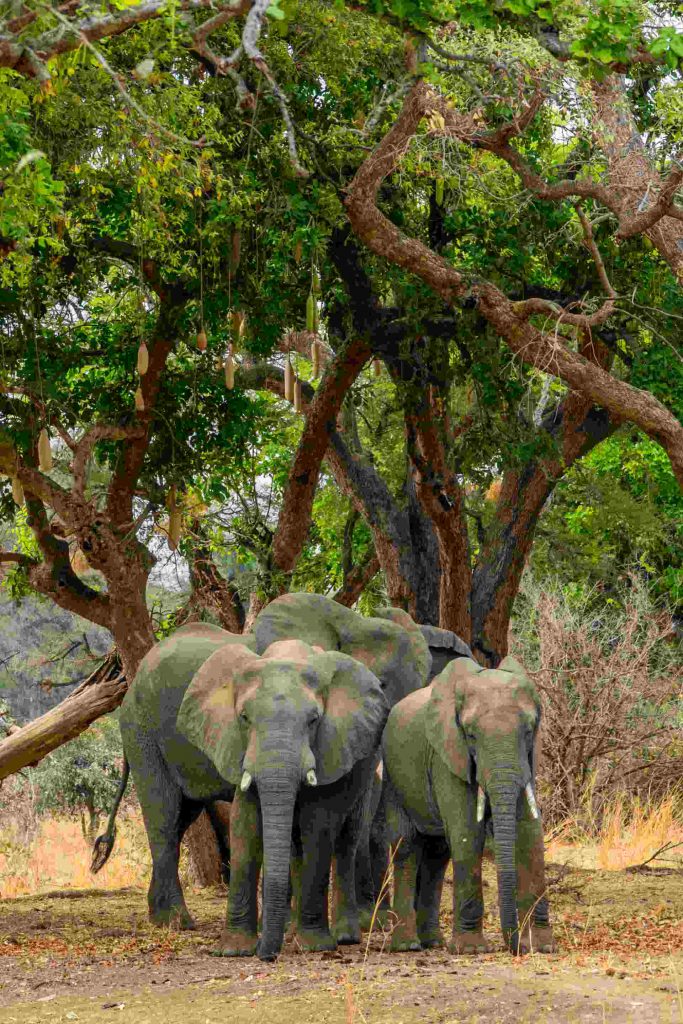
Tarangire NP 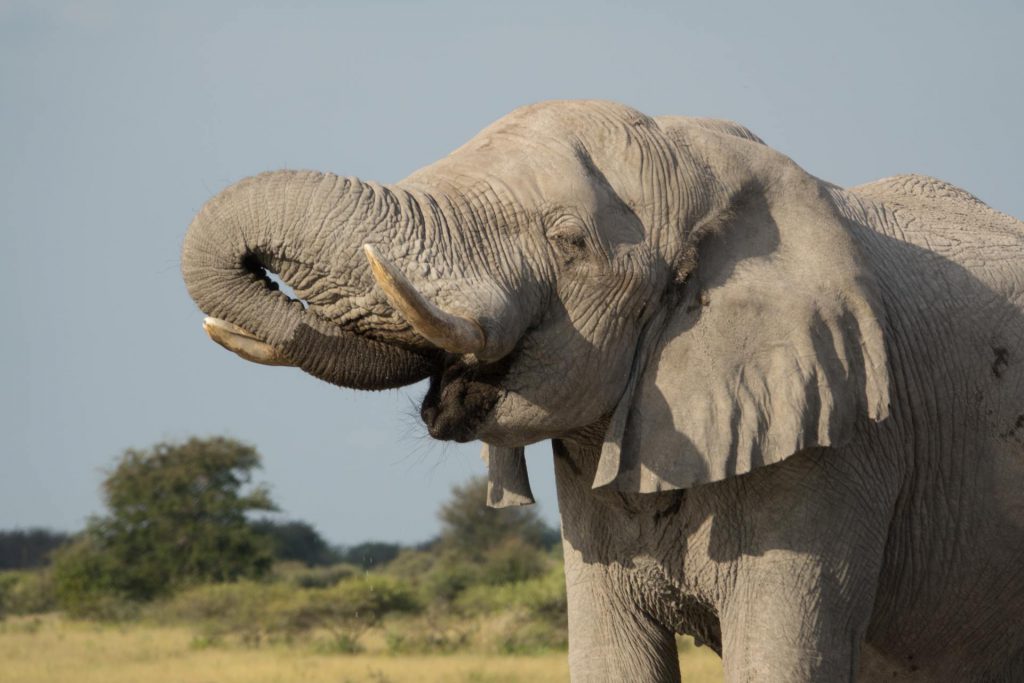
South Africa 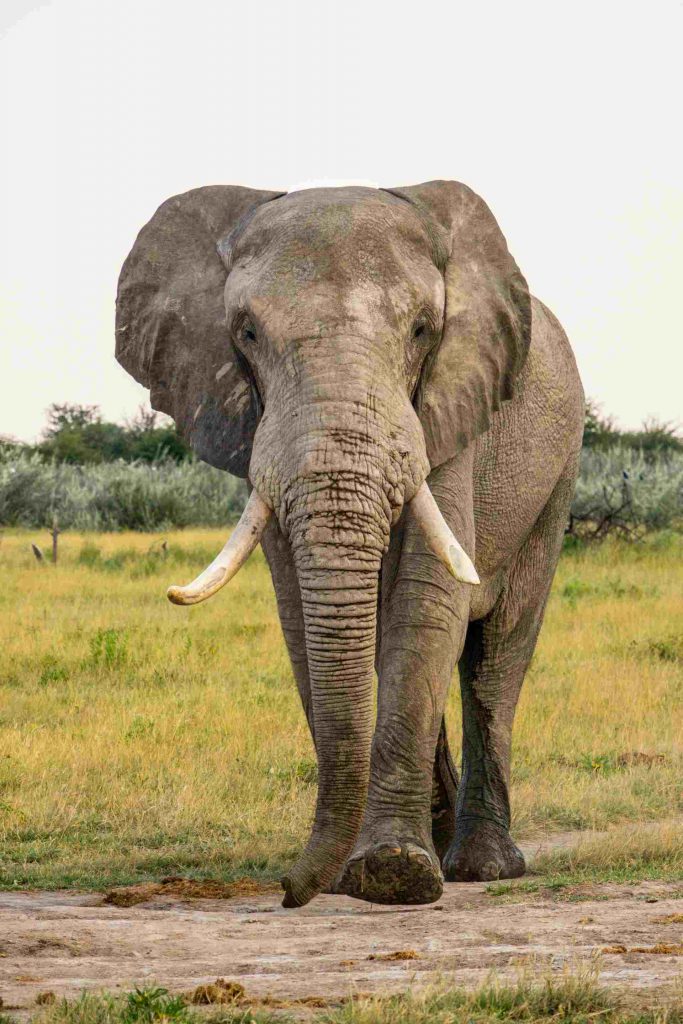
Okavango Delta 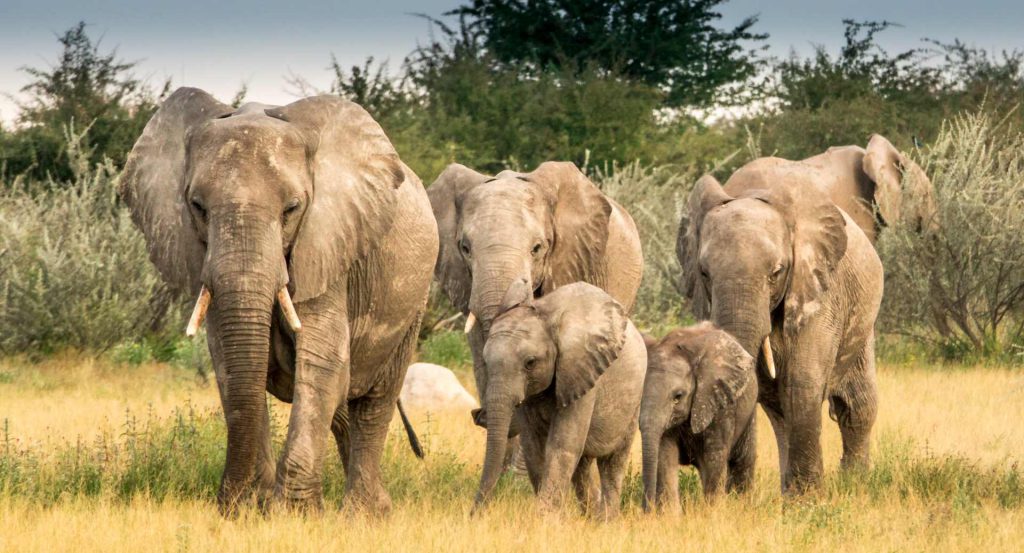
Botswana 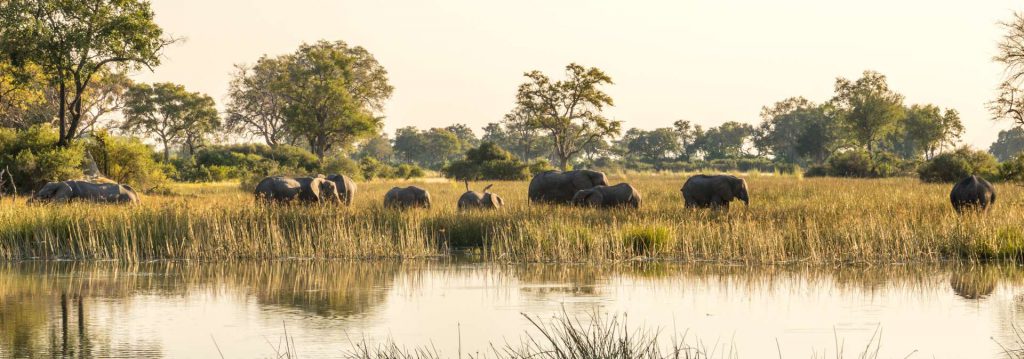
Botswana 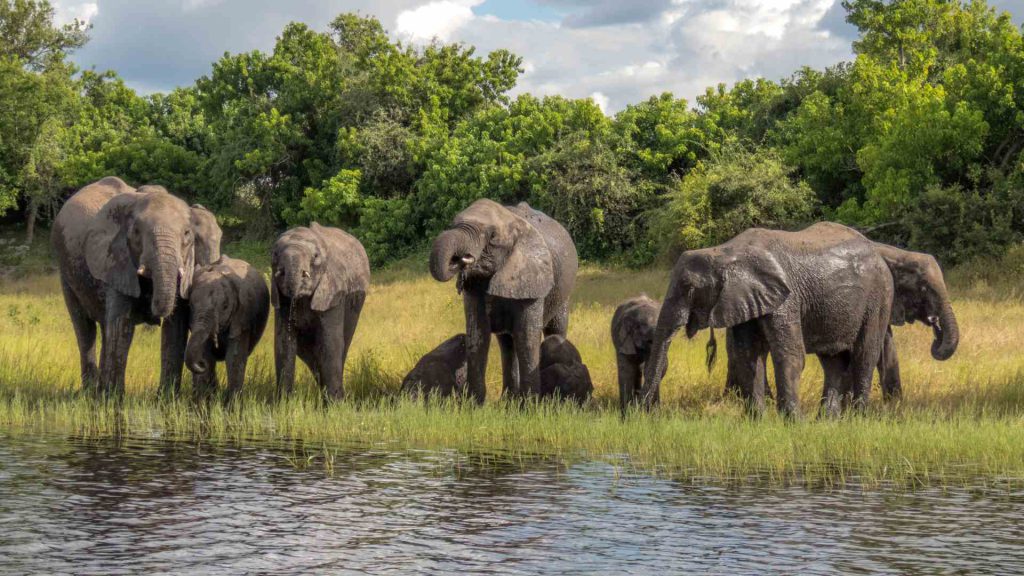
Chobe NP 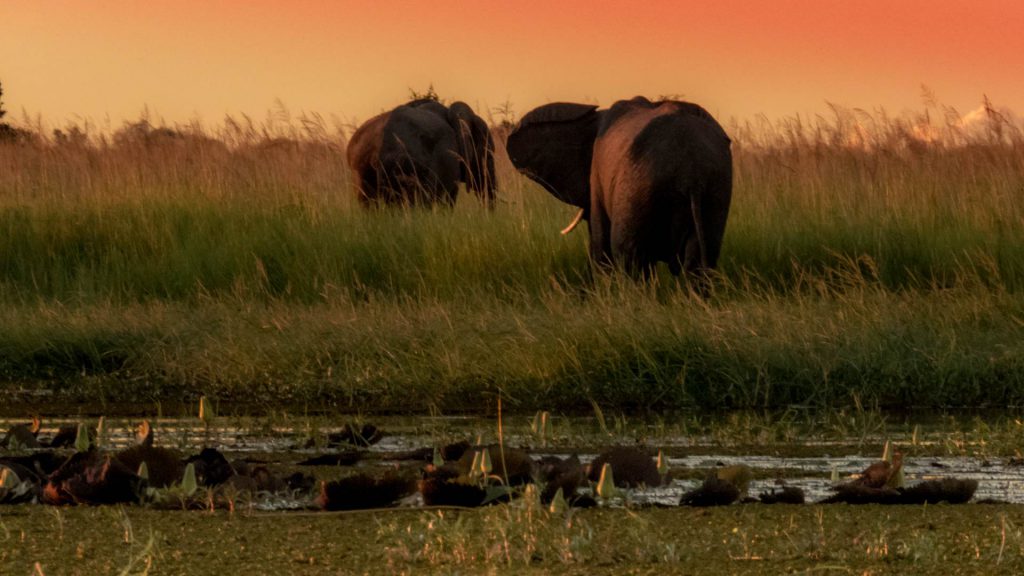
Chobe NP 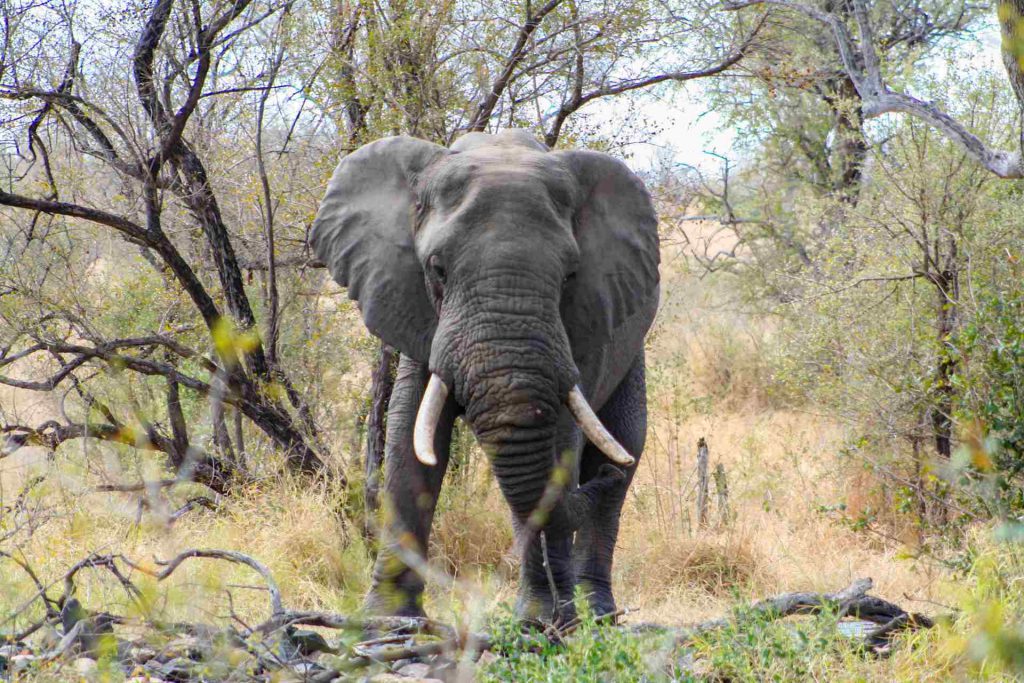
Lower Zambezi NP

